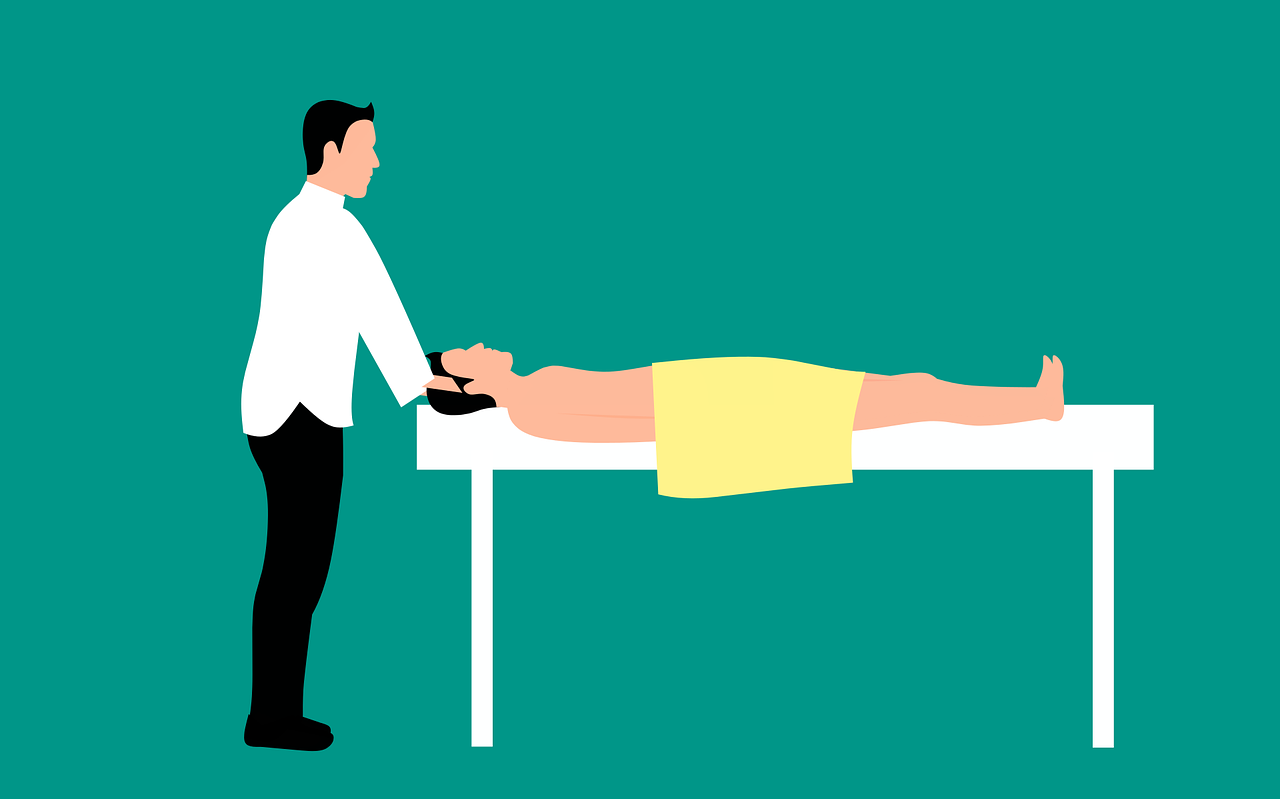
Managing Chronic Pain Naturally: Non-Pharmaceutical Strategies for Older Adults
Chronic pain affects a significant number of older adults, impacting mobility, mood, and overall quality of life. While medications can provide relief, they often come with side effects or interactions that make long‑term use challenging. Fortunately, there are numerous non‑pharmaceutical approaches that can help manage pain naturally. Below, we explore effective strategies to reduce discomfort and enhance wellbeing without relying solely on medication.
1. Gentle, Regular Exercise
Engaging in low‑impact activities such as walking, swimming, tai chi or gentle yoga can strengthen muscles, improve joint flexibility and boost circulation—each of which helps alleviate chronic pain. Aim for at least 30 minutes of gentle movement most days of the week, adapting intensity to personal comfort and fitness levels. Always consult a physiotherapist or GP before beginning a new exercise regime.
2. Physiotherapy and Targeted Stretching
A qualified physiotherapist can design a personalised programme of stretches and strengthening exercises. These sessions focus on the specific areas where you experience discomfort—whether that’s lower back stiffness, arthritic knees or tension in the shoulders. Regular physiotherapy helps correct posture, balance muscle groups and prevents pain from worsening.
3. Heat and Cold Therapy
Alternating between warm and cold packs can soothe painful joints and muscles. Heat encourages blood flow and relaxes tight tissues—ideal for stiff, aching areas—while cold packs reduce inflammation and numb sharp pain. Apply heat for up to 20 minutes, and cold for up to 15 minutes, ensuring a cloth barrier to protect the skin.
4. Mindfulness and Relaxation Techniques
Chronic pain often heightens stress and anxiety, which in turn can exacerbate discomfort. Mindfulness practices—such as guided meditation, deep‑breathing exercises or progressive muscle relaxation—teach the mind to observe pain without reacting to it. Gentle breathing exercises for a few minutes each day can break the cycle of tension and pain.
5. Massage and Manual Therapies
Therapeutic massage, osteopathy and chiropractic care can relieve muscle tension, improve joint mobility and encourage the body’s natural healing processes. Even a gentle, self‑massage with aromatic oils can help ease sore areas and promote relaxation. Seek out practitioners experienced in working with older adults for safe, effective treatment.
6. Acupuncture and Acupressure
Traditional Chinese medicine approaches, such as acupuncture and acupressure, have been shown to reduce chronic pain by stimulating specific points on the body. These therapies can trigger the release of endorphins and improve neural pathways, offering lasting relief for conditions like arthritis, back pain and neuropathy. Always choose a registered practitioner.
7. Anti-Inflammatory Nutrition
Diet plays a key role in managing inflammation and pain. Incorporate foods rich in omega‑3 fatty acids (such as oily fish, flaxseeds and walnuts), colourful berries, leafy greens, turmeric and ginger. Reducing processed foods, refined sugars and excessive red meat can further lower inflammation. Staying well hydrated also supports joint health and overall comfort.
8. Sleep Hygiene and Restorative Rest
Poor sleep amplifies pain sensitivity and hampers healing. Establish a calming bedtime routine—dim the lights, avoid screens for an hour before bed, and maintain a comfortable, cool bedroom environment. Consistent sleep patterns help the body repair tissues and regulate pain‑modulating hormones.
9. Social Support and Community Engagement
Living with chronic pain can feel isolating. Joining support groups, attending community classes or simply staying connected with friends and family can lift mood, reduce stress and distract from discomfort. Sharing experiences and coping strategies with peers fosters a sense of belonging and resilience.
Final Thoughts
Managing chronic pain naturally requires a holistic approach that addresses body, mind and lifestyle. By combining gentle exercise, targeted therapies, mindfulness, nutrition and strong social connections, older adults can significantly reduce pain and reclaim quality of life—without over‑reliance on medication. Always discuss new strategies with a healthcare professional to ensure they suit your individual needs.



Leave a comment
This site is protected by hCaptcha and the hCaptcha Privacy Policy and Terms of Service apply.